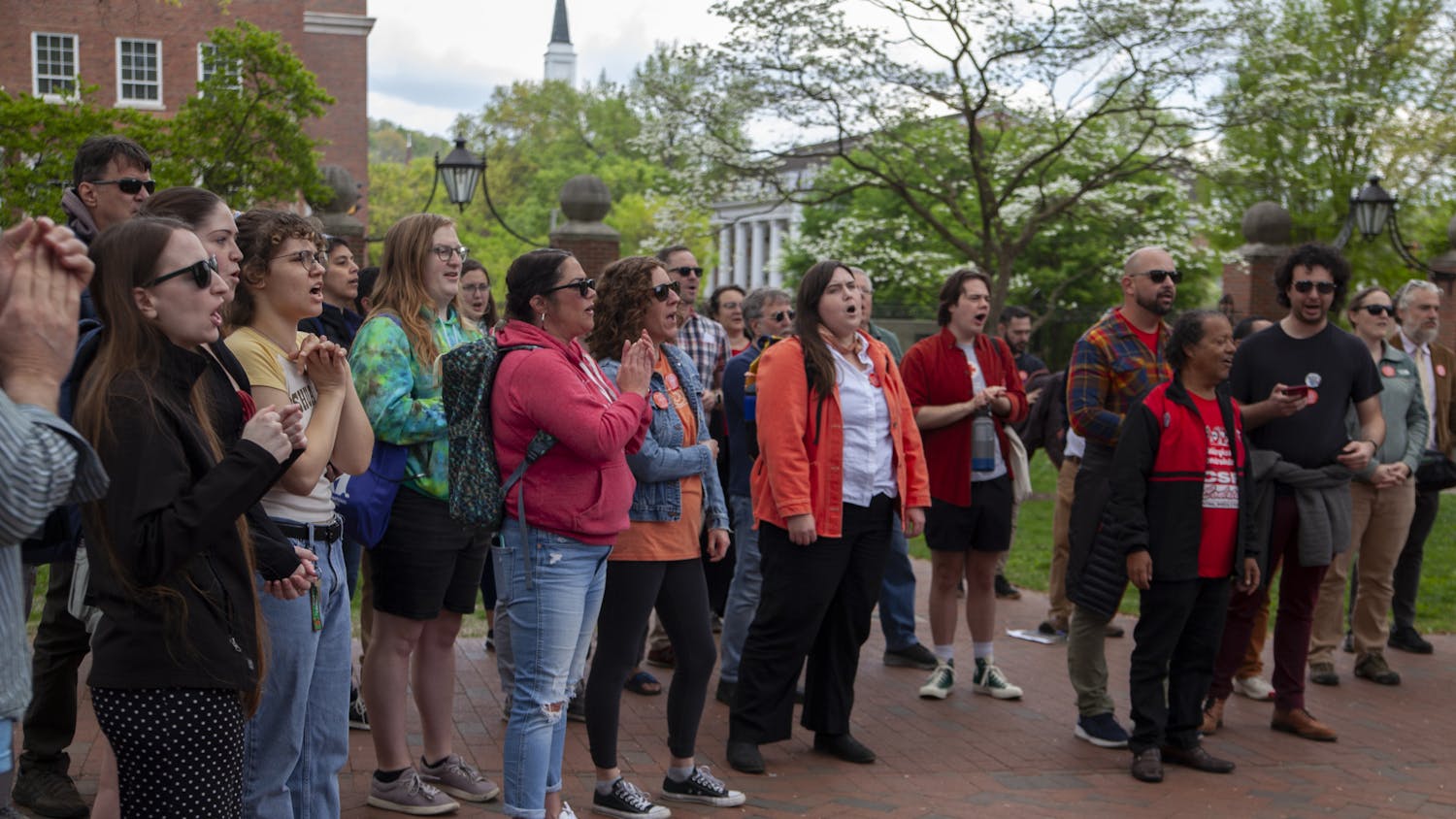For many Texans, the date March 6, 1836 is very important. Although it might look like any other day during the National Expansion and Reform era in the U.S., this date holds historical significance to both the state of Texas and the country of Mexico. March 6 marked the day the Battle of the Alamo commenced.
The Alamo has been referenced a number of times by American figures when discussing American grit and resistance. Former president Lyndon B. Johnson leaned on the Alamo spirit to inspire soldiers during the Vietnam War, and George W. Bush even read lieutenant colonel for Texas William B. Travis' famous letter to encourage the U.S. team to win the 1999 Ryder Cup, a biennial golf tournament. More recently, Donald Trump referenced the battle in his last State of the Union address.
Furthermore, The Alamo has been used to advance the agenda of conservative values, such as the Texas Senate including the Alamo in legislation to protect Confederate monuments from removal.
Whether you decide to ¨Remember the Alamo¨ or not, recognize that history will tell a more complex story.
More than a battle, the Alamo is a fortress that was formerly a religious outpost for the Spanish empire. Located in present-day San Antonio, Texas, the region of present-day Texas was a hub between ¨European America¨ and ¨Indigenous America.¨ The outpost, known as Mission San Antonio de Valero, served the main goal of converting Indigenous people to Catholicism and advocating for them to become Spanish citizens.
As the population of Mission Valero continued to grow, the Catholic Church relinquished control of it, and it became a self-governing community known as Pueblo de Valero. It formally became a defensive fortress in 1803 due to the increasing level of danger surrounding the region. The now-fortress was occupied by La Segunda Compania Volante de San Carlos de Alamo de Parras, a Spanish Army company. Also known as the Alamo Company, the army stayed at the site for 32 years, during which Mexico won independence in 1821 from Spain.
Mexico winning its independence was a huge turning point not only for the country but also for the Tejas, now Texas, region. A key figure who rose out of the Mexican Revolution was an officer named Antonio López de Santa Anna y Pérez de Lebrón, also known solely as Santa Anna.
At this point in history, Texas sort of resembled the state we know now and was declared a united Mexican state known as Coahuila y Tejas in 1824. Coahuila de Zaragoza, Mexico still exists and is located in north central Mexico. The brand-new country of Mexico was a large advocate for foreign settlement, offering settlers land for $30, around $900 today, without having to pay taxes for ten years after that.
As more and more settlers began to migrate to the area, a new form of identity began to emerge. Tejano, o Texians, started to become a form to denote identity. The reason for this was many of the new settlers came from the American South and had little allegiance to Mexico. The number one reason for this was because of what the American Southerners brought with them: slaves.
Mexico outlawed slavery, but this did not stop settlers from bringing enslaved African Americans to present-day Texas. The lack of loyalty to the country became apparent to the Mexican government, prompting them to encourage the migration of Mexicans to the area.
On April 6, 1830, Mexico banned U.S. immigration, fearing the loss of Texas. The Mexican government also placed harsher restrictions on slavery and increased military presence. This, of course, angered many Texans, and the push for self-rule and statehood began.
The famed General Santa Anna became president of Mexico in 1833 and advocated for a more centralized government, not sporting Texas’ claim of self-rule. The Convention of 1833 is important because 56 Texas delegates drafted a resolution that requested a number of changes for their state, including the allowance of U.S. immigration, more protection from Indigenous people, exemption of Mexican slavery laws as well as a number of other things. Among the Texans present were Stephen F. Austin and Dr. James B. Miller. Both men were instrumental in Texas, as well as in the fight toward Texas statehood.
Despite the increase of harsher regulations and growing tensions, Americans continued to settle in Texas. Minor skirmishes occurred between Texans and Mexican authorities, with the most notable being the refusal to return a canon to the Mexican authorities in which Colonel John H. Moore rolled that cannon with a flag that said ¨Come and Take It.¨ A short fight was ignited which sparked the beginning of the Texas Revolution.
On March 1, 1836, 59 delegates drafted the Texas Declaration of Independence at the Convention of 1836. One day later, the constitution was adopted. Four days later, Santa Anna led an attack on the Alamo. However, Santa Anna's Army had already begun arriving in San Antonio de Bexár on Feb. 23rd.
As the story goes, the Alamo was drastically outnumbered, with only 18 serviceable cannons and around 150 men at the start of the siege. James Bowie, famous for his adventures and knife, and Green B. Jameson, chief engineer of the garrison, met with Mexican officials to discuss a parlay. Santa Anna laid out the terms for the rebels, saying their only option was to surrender at discretion. Another Alamo commander, Travis, responded with a cannon, thus inciting the Siege of the Alamo.
That same Travis drafted one of the most famous letters in American history, addressed to the people of Texas and all Americans. The letter was an extremely passionate plea for aid, and Travis ended the letter with ¨Victory or Death,” denoting there were the only outcomes this battle could have. Part of Travis was answered when 32 men from the town of Gonzales arrived to help, bringing the number of men to almost 200. On March 3rd, a hopeful piece of news came from courier James Butler Bonham that help was on the way. Unfortunately, that help would never come.
On the 13th day of the siege, the battle commenced. It was an extremely short battle, lasting only around 90 minutes. Among the deceased were Bowie, Travis and David Crockett (yes, ¨King of the Wild Frontier¨).
The most important part of the Alamo is not necessarily the battle, but what happened after it. The rallying cry ¨Remember the Alamo,¨ sparked a passion and desire for Texas statehood. On April 21, 1836, the cry was heard by the ragtag Texas militia as they attacked Santa Anna and his army. The battle lasted 18 minutes, and nine Texans were killed compared to the 630 Mexicans killed. Thus, the Republic of Texas began.
Now that you are familiar with the full history of the Battle of the Alamo and coincidentally the creation of Texas, do you look at ¨Remembering the Alamo¨ a little differently? It has been viewed as an example of Texan/American pride for so long, yet at its core, it was really a fight to expand into Mexico's land and maintain slavery.
Alyssa Cruz is a junior studying journalism and Spanish at Ohio University. Please note that the views and opinions of the columnist do not reflect those of The Post. What are your thoughts? Tell Alyssa by tweeting her at @alyssadanccruz.






